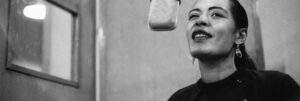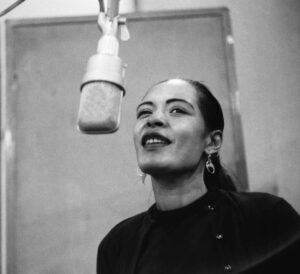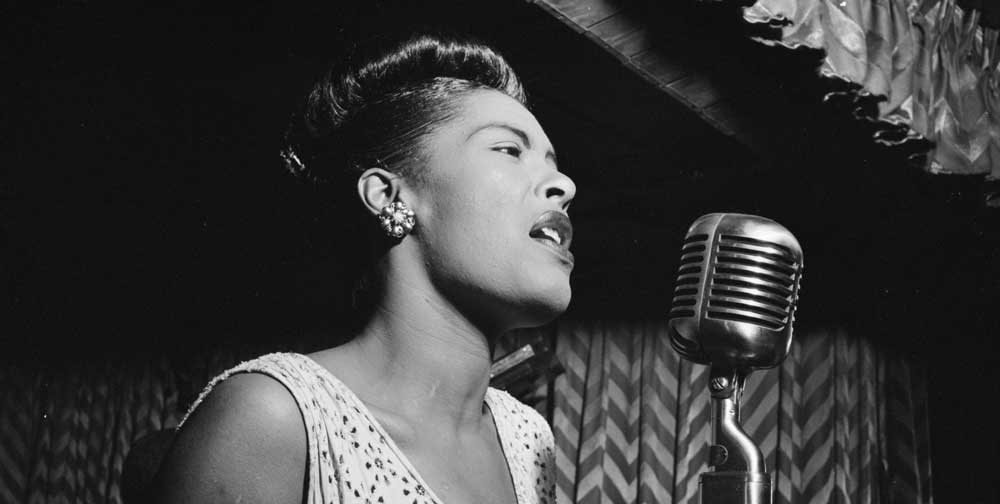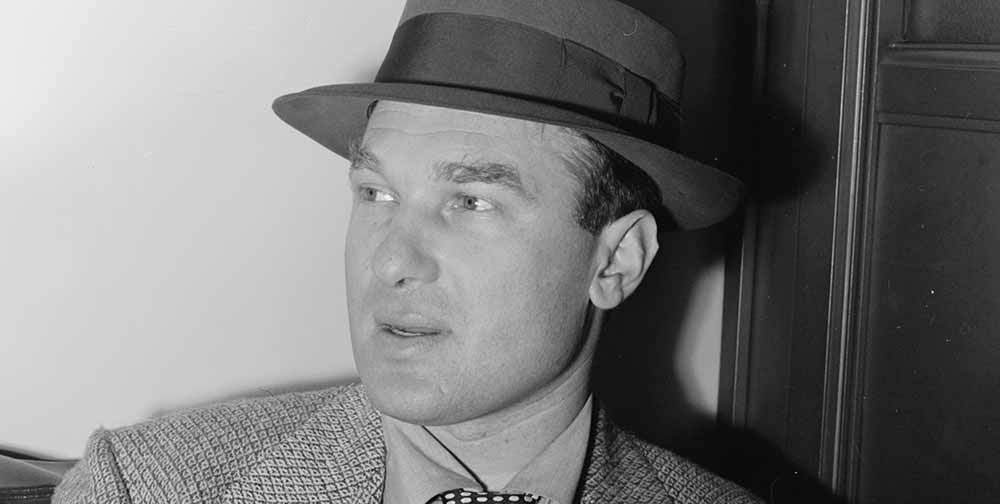10 November 1956: Carnegie Hall, New York City. Billie Holiday is celebrating the publication of “Lady Sings The Blues”, her controversial memoir ghost-written by William Dufty. Gilbert Millstein of The New York Times reads excerpts from the book and Billie sings with a small band, exuding ironic wit and affection for the audience, returning for encore after encore.
If the evening was seen as a partial “comeback” for the jazz icon, sadly it was another false dawn during the last three years of her troubled life. But another late career highlight was the studio album with the same name as her autobiography, released just before Christmas 1956. It would be the last release on Norman Granz’s Clef imprint before it became Verve the following year.
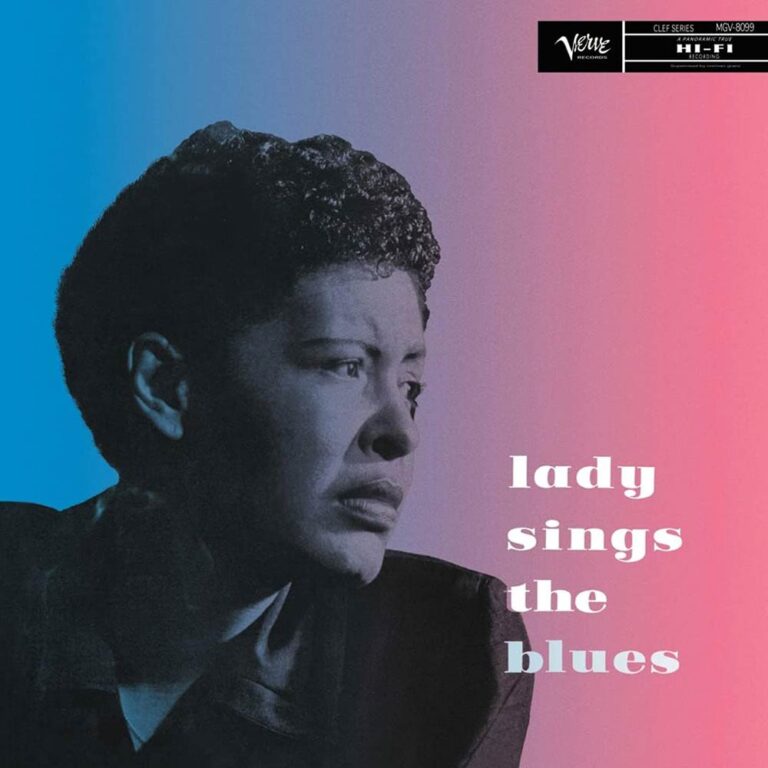
BILLIE HOLIDAY Lady Sings The Blues
Available to purchase from our US store.The majority of “Lady Sings The Blues” was recorded on 6 and 7 June 1956 at Fine Sound in New York City with a superb core unit of Paul Quinichette on tenor sax, Charlie Shavers on trumpet, Tony Scott on clarinet, Wynton Kelly on piano, Kenny Burrell on guitar, Aaron Bell on bass and Lenny McBrowne on drums. By all accounts, Billie and Granz enjoyed a good working relationship. She trusted him while he went out of his way to surround her with old friends, didn’t make too many musical suggestions and was profoundly aware of her sometimes precarious physical state.
The title track – co-written by Billie and utilising the nickname “Lady Day” given to her by saxophonist Lester Young – has various intriguing features, not least the remarkable opening cadenza from Shavers and that always unexpected major-seventh chord. A lot of thought went into the arrangement too – Burrell comps during the first verse, Quinichette accompanies Billie during the second verse and Scott during the third.
“Strange Fruit”, again featuring some wonderful Shavers trumpet, chills the blood now just as much as ever (Billie first recorded the song in 1939). With over 62 million plays on Spotify at the time of writing, this 1956 version never gets old.
“God Bless The Child” illustrates just how much Billie appreciated great musicianship, with Burrell, Shavers, Kelly and Quinichette all making telling contributions. And the final 30 seconds give the lie to those who said Billie’s vocals were spent by 1956. Ditto her famous reading of “Good Morning Heartache”. “Anything I sing, it’s part of my life,” Billie once said, and it’s abundant throughout these irresistible performances.
The album was completed via four tracks recorded on 3 September 1954 at Capitol Studios in Los Angeles with a core band of Harry Edison on trumpet, Willie Smith on alto, Bobby Tucker on piano, Barney Kessel on guitar, Red Callender on bass and Chico Hamilton on drums.
In Nat Hentoff and Nat Shapiro’s book “Hear Me Talkin’ To Ya”, Billie said: “I feel like I am playing a horn. I try to improvise like Les Young, like Louis Armstrong.” This approach is clearly audible on “Love Me Or Leave Me”; her phrasing is simply delicious, even as we hear those rare intakes of breath.
The album ends with three songs also sung by Frank Sinatra, making for fascinating comparisons. Billie revels in her behind-the-beat phrasing on “Too Marvelous For Words”, while “Willow Weep For Me” is nothing less than a career highlight. The album closes with the affecting, intimate “I Thought About You”, again totally different to the version essayed by Sinatra on his 1956 album “Songs For Swingin’ Lovers”. Billie sounds positively desolate on this, but it’s also the performance of a great artist.
Legendary jazz photographer Herman Leonard was reportedly shocked at Billie’s decline when he arrived at Fine Sound on 6 June 1956 to take the famous shot which adorns the “Lady Sings The Blues” cover. Saying as much to Granz in the control room, the producer reportedly barked: “Get your ass out there and shoot because it may be your last time”. It was a comment that sadly proved to be correct.

BILLIE HOLIDAY Lady Sings The Blues
Available to purchase from our US store.Matt Phillips is a London-based writer and musician whose work has appeared in Jazzwise, Classic Pop, Record Collector and The Oldie. He’s the author of “John McLaughlin: From Miles & Mahavishnu to the 4th Dimension” and “Level 42: Every Album, Every Song”.
Header Image: Billie Holiday, December 1957, New York. Photo: Don Hunstein/Columbia Records/Getty Images.
